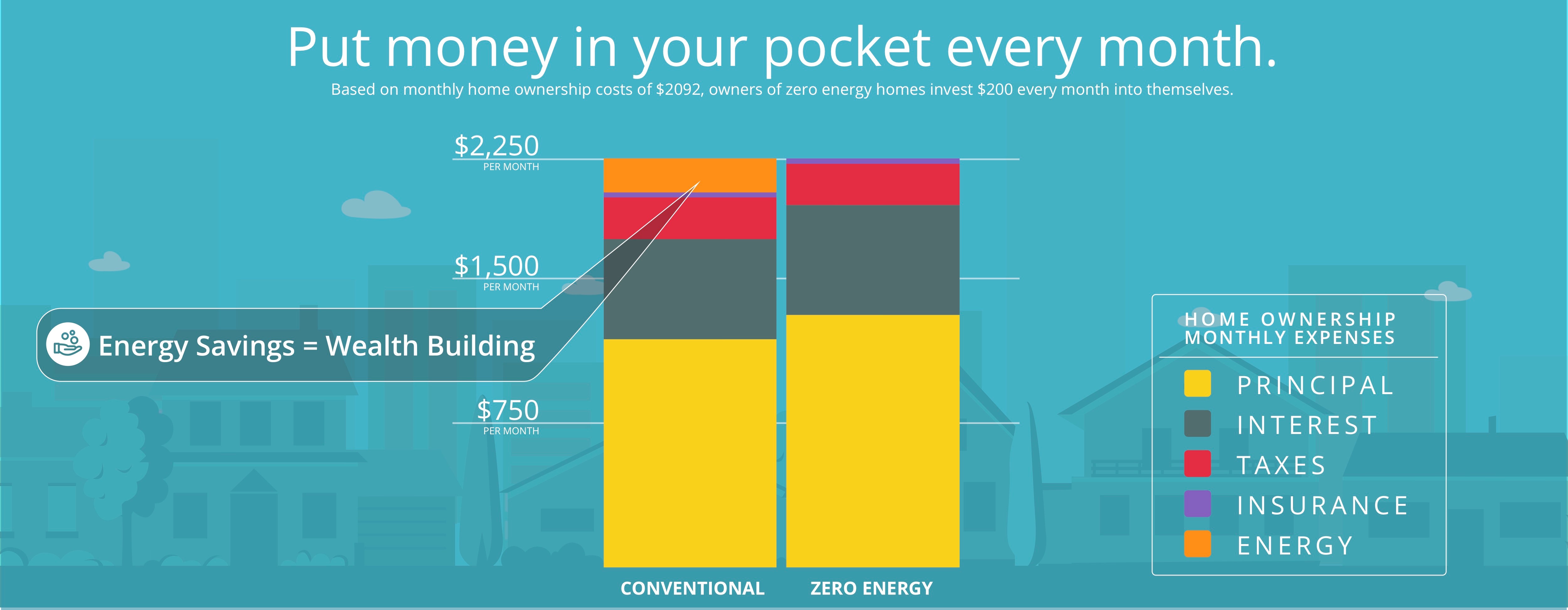Shared mobility, advanced plastic recycling and protein production are also going to be key to future prosperity.

Renault’s proposed robotised vehicle for shared urban mobility on show at the 100th Automobile LIGHTROCKET VIA GETTY IMAGES
2020 is set to be the year of 5G, shared mobility and new ways of recycling plastic, says research group Lux, along with new battery technology and artificial meat also set to make a big impact.
The provider of tech-enabled research has produced its “20 for 20” list of “the technologies and trends that will transform the way we live, work, and play over the next decade”.
5G networks will lead the way thanks to their role as an enabling technology for so many other parts of the every-expanding digital landscape. “From robotic surgery to self-driving cars, 5G will be critical to advances in the internet of things,” Lux says. “5G has officially left the realm of research and entered reality, with more than 2,200 patents being filed this year.”
Meanwhile, shared mobility – services such as car-sharing companies, e-bikes and electric scooters – has seen funding of more than $10 billion in each of the last three years and it is starting to reinvent urban transportation.
In the wake of the Blue Planet II documentary and the global furore about plastic pollution, particularly in the ocean, there has been a strong focus on ways to cut plastic waste, with advanced plastic recycling technologies such as pyrolysis and chemical recycling becoming an imperative for companies ranging from chemicals manufacturers to producers of consumer packaged goods. China, the world’s largest market, which has banned imports of plastic waste for recycling, is leading the way on the issue with 55% of all patents coming from that country.
As the electric vehicle revolution really starts to take effect in 2020, Li-ion batteries are starting to reach the limits of their chemistry, leading to a performance plateau in terms of reducing weight and cost while increasing range. The answer may lie in solid-state batteries. More than 500 patents were filed last year and the technology is set to move rapidly from the lab to the marketplace.
The same driver that is leading to the surging growth in electric vehicles is also having a transformative effect on the food and agriculture sector. The production of animal feed and meat, particularly beef, is a major contributor to greenhouse gas emissions and there has been a big increase in the production of artificial protein – lab-grown alternatives to meat and fish, as well as precision livestock farming and new fish feeds. “Next-generation protein are needed to feed a population of almost 10 billion and received five times the investment of the previous year, landing at more than $200 million,” Lux said.
Platform technologies’ impact is in what they enable – they not only provide opportunities in themselves but also for other innovations to piggyback off them.
Lux’s “20 for 2020” identifies and ranks 20 technologies that will reshape the world, based on innovation interest scores from the Lux Intelligence Engine, along with input from Lux’s leading analysts. It is an attempt to answer the question – “What technologies will you be following this year that have the greatest potential to transform the world over the next decade?”

Lux Research’s 20 technologies for 2020
5G networks rose 12 places from last year’s ranking, while solid state batteries were seven places higher, indicating the way these technologies are steadily making their way onto the market. But 11 of the 20 technologies in the list, including artificial protein, advanced plastic recycling and shared mobility were new to the leaderboard, highlighting the way some technologies can make huge leaps forward within a few months.
Other technologies new to the list for 2020 include commercial vehicle automation; point of use sensing; energy trading platforms; hydrogen and fuel cells; quantum computing; Omics – biological sciences such as genomics, transcriptomics, proteomics, or metabolomics, which aim to identify, characterize, and quantify all biological molecules involved in the structure, function, and dynamics of a cell, tissue, or organism; flow batteries; and vertical farming.
Innovations that were in last year’s list and have risen include natural language processing; materials informatics; last-mile delivery and blockchain. Areas falling in relative terms were 3D printing; battery fast-charging and 2D materials.
“One of the most exciting trends this list highlights is how rapidly the tech innovation landscape is evolving,” said Michael Holman, vice-president of research at Lux. “The number of newcomers on the list, along with progress in returning technologies, shows how rapidly innovation is progressing, creating compelling new growth opportunities as well as disruptive threats to incumbents.
“The 20 technologies we identified are all compelling individually, particularly for companies in industries that are closely aligned to developing and deploying them, or affected by their impact,” he added. “However, just as important can be the stories they tell as a group. In looking at the 20 for 20, we identified three key common themes among these innovation dynamos.”
The innovations were split into three different types – renaissance technologies, platform technologies and breakthrough technologies.
Renaissance technologies aren’t new , but they are newly relevant, Holman said. “They have been around for a while in some form – some have even gone for a ride or two on the hype cycle in the past; others have just been regarded as stodgy fields not really associated with cutting-edge innovation. But a combination of megatrends, market demand, and new innovations has thrust them into strategic prominence.”
Artificial intelligence is an example of this – it has been an aspiration of computer scientists, and preoccupation of sci-fi writers, for decades. “In the past five years, new approaches like deep learning combined with the growth of data collection and compute power have made AI a business imperative,” he adds.
Likewise, the new focus on protein production has come about in response to food security and climate impact concerns. This is benefiting companies such as Calysta, whose fermentation tech converts methane into single-cell protein feed. Avoiding the land, water, and resource demands of plant protein, it is scaling a viable alternative aquaculture feed.
Platform technologies’ impact is in what they enable – they not only provide opportunities in themselves but also for other innovations to piggyback off them. Smartphones were the most important platform of the past decade-plus. “They’ve been big business for manufacturers like Apple and Samsung, as well as driving growth for mobile network operators,” Lux says. “Their greatest impact, however, has been enabling an all-star list of growth companies, from Uber and Grab to Instagram and Tencent.”
Breakthrough technologies are creations with unclear impact. “It might not be entirely clear what all the applications will be, but the surge of innovation interest and the way they’ve captured the imaginations of entrepreneurs and visionaries around the world makes them impossible to ignore,” Holman asserts. The risk is that they are just “tech push” without market pull, but when they can align to an unmet need or demand, the result is explosive.
Wearable electronics is an example of a breakthrough technology. It came onto the scene as a novelty, but now, valuable practical applications are being established for both consumers, such as providing critical health alerts, and industrial users, such as worker safety and productivity boosts.
Blockchain is another technology that jumped suddenly into people’s consciousness thanks to the rise of bitcoin, but now large companies and serious tech developers are exploring how the concept of a distributed ledger can enable legitimate new businesses. It’s not certain yet which approaches and applications will work out, but some will likely go on to have great impact. For example, UK utility Centrica has created a “local energy market” (LEM) in Cornwall, allowing solar and other distributed asset owners to engage in peer-to-peer energy trading – including “power hedges” on LO3 Energy’s blockchain platform. SOURCE
















 Emerging smart grid transmission technologies are the key to linking renewable energy sources like solar, wind and water to the power grid and, ultimately, where people live and work.
Emerging smart grid transmission technologies are the key to linking renewable energy sources like solar, wind and water to the power grid and, ultimately, where people live and work. 


